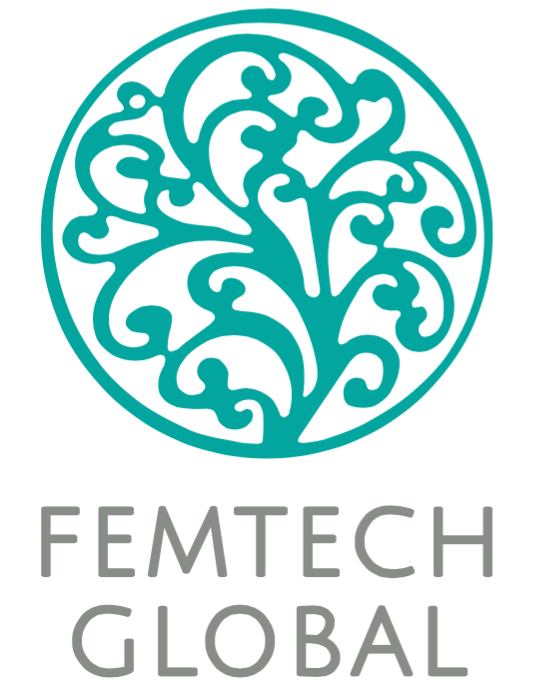The past two weeks have been racked deeper than a new Open Banking IT stack with Fintech conferences and events, and I have been clocking a personal best at hitting one after another after another.
One ought to train for these types of marathons, and I did by studying up on the latest and greatest in Fintech, regulatory, and banking trends — virtually circuit training on the latest in Blockchain, PFM (Personal Financial Management), PSD2 impacts, disruptive Payment structures. Those topics were great stretching exercises, and they rounded out the training, quite nicely. The real training, though, has been the active discussion of open platforms and API integration — and anyone who hasn’t taken a few laps around open architecture and banking as a platform (BaaP) was surely hurting after this money movement marathon series of events.
Money2020 kicked off its first European tour mid-April, and it’s no longer a Fintech beauty pageant for industry insiders, it’s now an official matchmaking sprint where banks and fintech don’t collide, they collaborate. In fact, that was the dominant theme in session after session, and the rallying cry of ING’s CEO Ralph Hamers call to other banks. Citing ING’s more than 40 Fintech partnership, Hamers drove home the message that real innovation came through partnership and specialization, not cut throat competition between financial services and financial technology.
At Innovate Finance, the talk was about Fintech disruption and innovation, as well as the UK’s Financial Conduct Authority new regulatory sandbox; all to be expected. But again, the tune coming from panel after panel was about banks and Fintech harmonizing together, instead of trying to sing solo.
Even at Temenos’ Innovation Jam last week where startups pitched, and at StartupBootCamp’s Insurtech Demo Day where team after team shared their tech value proposition to an enthusiastic audience, there was an undercurrent of collaboration, co-opetition, and collusion.
And this is where open banking platform training became critical. Open platforms create the actual space for this collaborative tune to play out. Core systems keep the beat; Fintech brings the trills, runs, and dynamics; Payment hubs, Merchant Services, Card systems, and the Digital channels all contribute to the melody. Together, they can create symphonies. But they need a conductor, and an open platform is the perfect maestro to coordinate the music.
For legacy and challenger banks alike, this platform, this open hub, let’s them coordinate across systems to provide core banking services their customer base has come to rely upon. For Fintech, it’s the hub where they can plug into banks’ systems, in a simplified integration point, to bring the masses the sizzle and pop of innovation and intuitive user experience. For both, it’s where they meet, and together bring a richer offering to the end customer. It’s where data aggregates, business strategy executes, and the future of banking begins.
The architecture and ecosystem of an open banking platform is nuanced, and more complex that a mere paragraph could do justice to here, but it’s the grand staff on which a banking symphony is written — it’s where cadence, time signature, notes and beats are recorded. It expands to include ledger lines (blockchain, multichain and those distributed ledgers plug perfectly into an open platform), dynamics (pricing and bespoke product bundles, including white-labeled Fintech offerings) and rhythm. And the platform conducts the traffic, data, and transactions in harmony.
This tune ran continually through each conference, each event, making laps from Copenhagen to Christ Church, circling round and round each speaker’s topic. The message of embracing open banking platforms ran a marathon across Europe these past two weeks. The message clocked mile after mile, and it carried a tune, a melody that has potential to burst into a full-blown symphony. The conductor is waiting in the wings, watching orchestra members warm up, tune up, and settle into place side by side to each play their part in this musical marathon that is financial services innovation.

